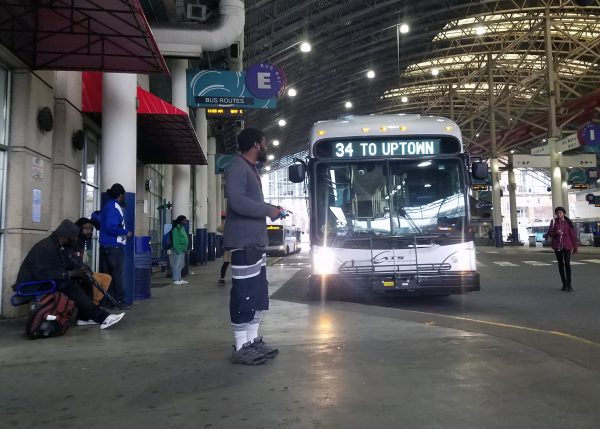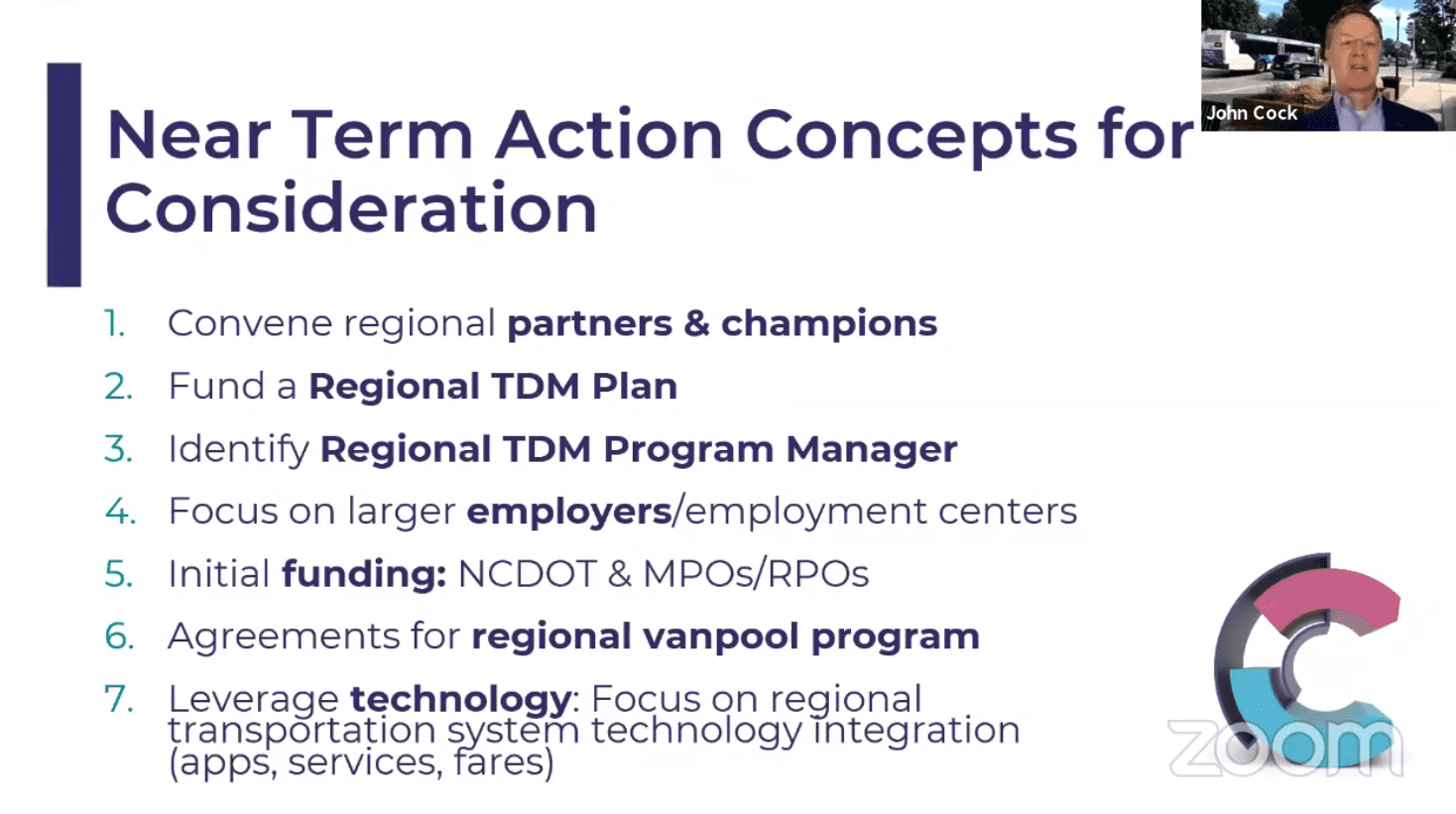Instead of just increasing supply, planners look to manage transportation demand

When it comes to transportation and transit needs, people usually think of increasing the supply: Adding more lanes, building more rail lines, buying more buses.
What about lowering or shifting demand, instead? That was the topic Wednesday for a group focused on regional transportation needs and expanding transit choices.
“The term ‘transportation demand management’ simply refers to how we, through multiple strategies, ease the demand on the existing transportation system,” said John Lewis, chief executive at the Charlotte Area Transit System. CATS is partnering with the Centralina Regional Council on an initiative called “Connect Beyond” that’s examining what it would take to create the first true regional transit system.
Transportation demand in Sun Belt, postwar-boom cities like Charlotte has traditionally been focused on automobiles. About 77% of Mecklenburg drivers commute to work alone, according to Census estimates, and the percentage is higher in surrounding counties – 85% in Gaston and 83% in Iredell, for example.
Building and expanding roads is expensive and can be politically fraught; building new rail lines can take decades and cost billions of dollars. Getting people to drive to work less often, or share rides when they do, might be the most efficient way to get us all some relief from traffic.
[REGISTER NOW: Charlotte transportation and economic mobility panel May 25]
Lewis said that the post-covid economy could offer a unique chance to permanently shift transportation demand. Employers are trying to figure out how much in-person work they’ll require going forward, and how much flexibility they’ll give workers to keep Zooming from their home offices. Only 8.1% of Mecklenburg employees worked from home pre-pandemic, so even a modest increase – say, doubling that to 16% – could have a big impact.
Transportation demand management covers everything from offering incentives to workers to use public transit to providing more options, like scooters and rideshare, that allow them to ditch single-occupancy vehicles. There are also alternatives like policies that reduce parking, encourage telework, or allow people to shift their schedules so they’re not commuting in peak rush hour.
“We’re participating in a TDM exercise by having this virtual meeting” instead of all driving somewhere to meet in-person, Lewis told the group Wednesday. “How can we build on this strategy coming out of covid?”
The Connect Beyond initiative is expected to issue its recommendations this summer for how to create a more unified transit system across the Charlotte region. Currently, different transit agencies don’t coordinate schedules, fares, technologies or websites.
That’s the case with the region’s different transit demand management strategies, like vanpool programs and carpool options organized through the various transit agencies. About half of Mecklenburg workers commute in from other counties, so without a regional system for finding rides and information, utility is somewhat limited, along with the ability to get greater funding.
“We don’t have a coordinated regional program,” said John Cock, vice president of Alta Planning, one of the organizations involved in Connect Beyond. “Because of the lack of that, we have the inability to get aggregated funding.”

A slide from the Connect Beyond meeting on Wednesday outlining initial steps for creating a regional transportation demand management program.
Shelly Palmer, sustainable travel services manager for GoTriangle, outlined the Raleigh-Durham area’s transportation demand management program and ride-pooling services. In addition to offering incentives like drawings for prize money and free emergency rides home to participants whose schedules, change, Palmer said one of the main challenges is coordinating practices and policies for the employment “hotspots” included in the cross-county, cross-municipality program.
“Our ultimate goal is to reduce single occupancy vehicles,” she said. “It takes a lot of work to get all of those hotspots to agree and come to a consensus.”
Palmer said GoTriangle’s surveys show that the biggest reason people don’t want to participate in ride-sharing arrangements, however, is the fear of being stuck at work if something goes wrong with the van.
“They’re afraid they’ll be stranded at work,” she said.
To help make Charlotte’s transportation demand management strategy more regional, the Connect Beyond initiative is exploring measures like a coordinated funding model, with regional agencies contributing to cover the costs, unified technology, single fares, expanded partnerships and a shared website for people to find information.
Those are similar to other measures recommended for exploration by the Connect Beyond group, including coordinated schedules and a single, regional fare and ticketing system, to minimize the confusion and expense of transfers. Building a single system across jurisidictional lines would likely require more far-ranging measures, like a regional transit authority.